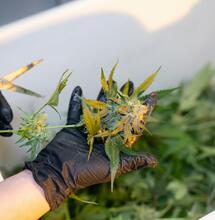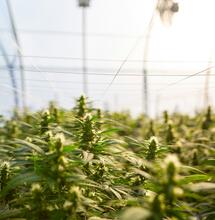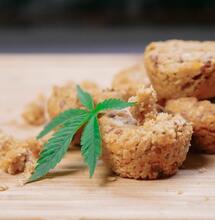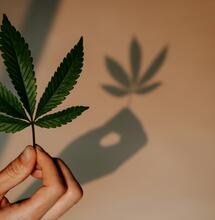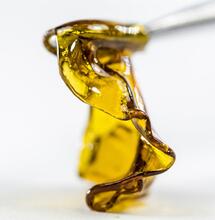What to Look for in a Grow Tent
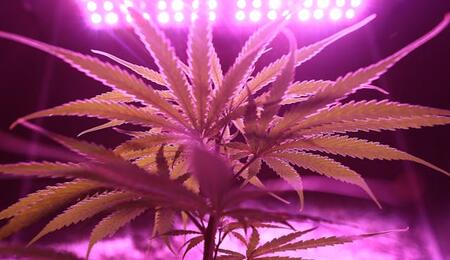
A quality grow tent will ideally be the right size for your plants and give you ample room to set up equipment like ventilation systems and carbon filters. While there are some general rules your individual needs will determine what you need in a grow tent.
Tent Size
Before choosing a tent, do some research on your plants to see how tall and wide they will grow and how much space they may need.
Here are some basic guidelines to get an idea of how big your tent needs to be.
A 48” by 24” by 60” tent can accommodate 3 full-sized plants or 8 small plants.
A 48” by 28” by 78” tent can accommodate 4 full-sized plants or 16 small plants.
A 4’ by 8’ by 6.5’ tent can accommodate 8 full-sized plants and 25 small plants.
Most grow tents will have limited vertical mounting capabilities. This means equipment like AC units and circulation fans may have to go on the floor so you will have to make accommodations for that.
Also, do not forget about the importance of tent height. A tent with adjustable ceilings can help make sure that your plants don’t outgrow your tent.
What About Your Other Grow Equipment?
You’ll also have to consider your setup. Other items like AC units and circulation fans can also take up vital space. Ideally therefore you want to have too much space rather than too little.
Where are you Putting your Tent?
always measure the length, width, and height of the space where you are planning to keep your indoor grow tent.
You need enough space to fit your tent and be able to access it and the area surrounding it as required. Always purchase a tent a little smaller than the space to allow you room to set-up and for maintenance.
Grow Lights
Tents need lighting which is usually strung along the top of the tent poles. Metal poles are a sturdier choice, but you will find that plastic ones are cheaper. The manufacturer specs on your tent will tell you how much weight the poles can support, so that you can ensure that the lights you’re using aren’t too heavy for your tent.
Ventilation Systems
All grow tents feature ventilation ports for your ventilation system. Always look into the type, positioning, and size of the ventilation ports to make sure that they can accommodate your equipment.
Dual-cinching ports are a good option and will prevent light from escaping and block any outside light.
The type of ports you need will also depend on the growing stage, however. for example in the vegging stage mesh vents may be enough for some plants. If you are going to have separate tents for different stages of the grow cycle, then this is something that you should consider.
Never overlook where the location of vents on your tent. you need to consider how and where you’re setting up your tent as the location of a port may make it difficult to properly set up your ventilation system.
How About Durability?
Durability is vital and usually like most things in life, you get what you pay for. A cheaper tent will be made from flimsier materials and may not be up to the job or multiple grow cycles. Consider the following to ensure your tent is durable.
Fabric Resistance
Not only will your tent endure lots of heat from lights but you will be spending a lot of time in it and accidents can happen easily on top of normal wear and tear from regular usage.
Density of Fabric
The densest indoor grow tents can be above 1680D, however, on average you can expect tents with densities between 120D and 600D. Stronger fabric is always the better option. You should always try and buy a tent with the strongest fabric you can afford whilst ensuring that the other materials are also of a high-quality.
Be aware that any gaps in the fabric can negatively affect your yield. Zip draws and velcro flaps are essential to prevent any light leakage!
Reflective Material
A Quality reflective inner lining only boosts the effectiveness of your lights. Reflective mylar that has almost 100% reflectivity is the best option to prevent any light leaks.
Zippers and Corners
Corners and zippers have a big impact on how long your tent will last. Make sure zippers are sturdy and lightproof with a good quality handle and zip up and down easily with no catches. Always check online reviews for quality before you buy. Tents should ideally have strong corner pieces to keep the frame secure.
When choosing an indoor grow tent, the rule is to do your research carefully as everyone’s needs are different, so unfortunately there are no one-size-fits-all options.
More From Soft Secrets
Top Mistakes When Growing Weed
